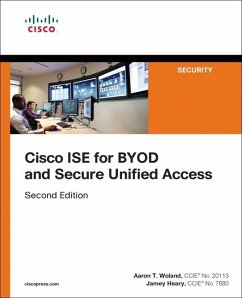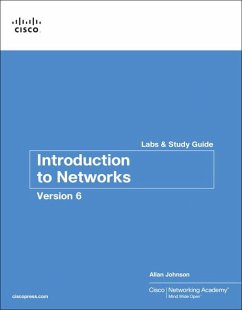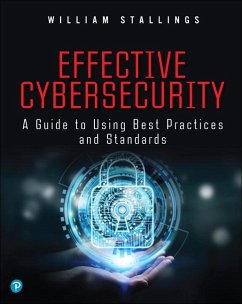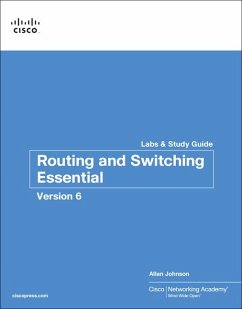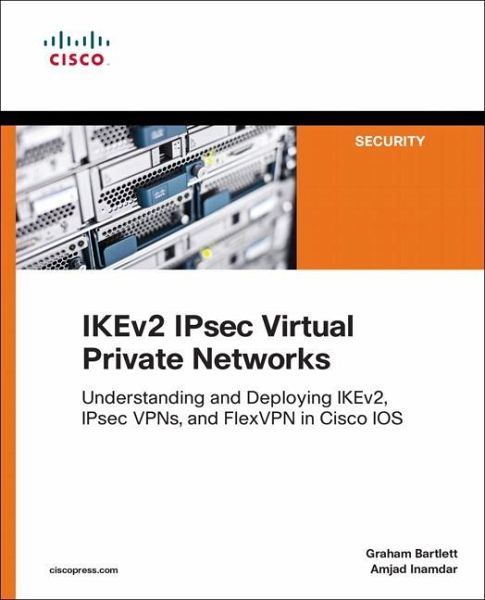
Ikev2 Ipsec Virtual Private Networks
Understanding and Deploying Ikev2, Ipsec Vpns, and Flexvpn in Cisco IOS
Versandkostenfrei!
Versandfertig in über 4 Wochen
60,99 €
inkl. MwSt.

PAYBACK Punkte
30 °P sammeln!
IKEv2 IPsec Virtual Private Networks is the first plain English introduction to IKEv2: both a complete primer on this important new security protocol, and a practical guide to deploying it with Cisco's FlexVPN implementation. Cisco experts Graham Bartlett and Amjad Inamdar explain how IKEv2 can be used to perform mutual authentication, and to establish and maintaining security associations (SAs). Their insights into IKEv2's goals, theory, and underlying concepts will be invaluable to all network security professionals, whatever technologies or solutions they choose for implementation. Next, Ba...
IKEv2 IPsec Virtual Private Networks is the first plain English introduction to IKEv2: both a complete primer on this important new security protocol, and a practical guide to deploying it with Cisco's FlexVPN implementation. Cisco experts Graham Bartlett and Amjad Inamdar explain how IKEv2 can be used to perform mutual authentication, and to establish and maintaining security associations (SAs). Their insights into IKEv2's goals, theory, and underlying concepts will be invaluable to all network security professionals, whatever technologies or solutions they choose for implementation. Next, Bartlett and Inamdar thoroughly introduce FlexVPN, Cisco's high-value implementation of the IKEv2 standard. You'll discover FlexVPN's unified paradigm, and learn how its command-line interface can be used to manage IKEv2 in site-to-site, remote access, hub and spoke topology, and partial mesh (spoke to spoke direct) environments. The authors explain how FlexVPN's simple, modular framework relies on the tunnel interface paradigm while remaining compatible with legacy VPN implementations. They offer detailed guidance on configuring IKEv2 VPNs using FlexVPN in both Cisco IOS and IOS-XE environments, and show how FlexVPN unifies previous Cisco overlay solutions, including crypto maps, EasyVPN, DMVPN, and remote access. Their practical design examples and hands-on troubleshooting steps will help you gain real mastery of FlexVPN configuration and operations in any network environment.



